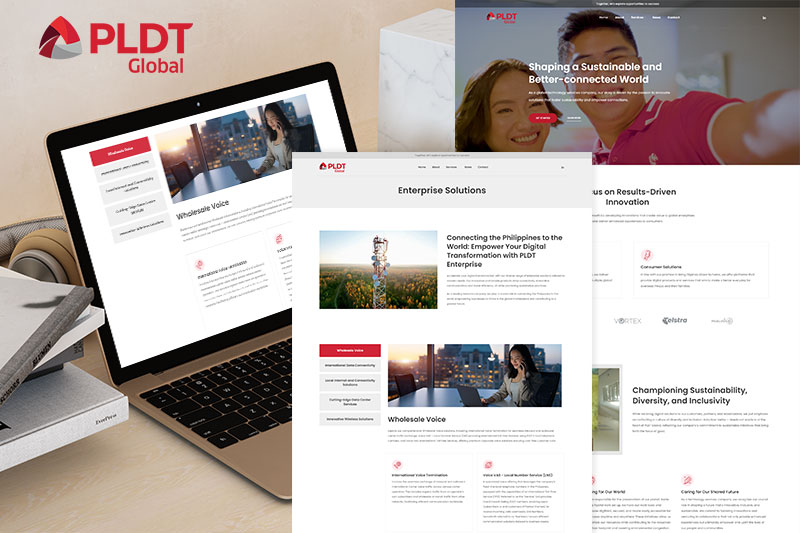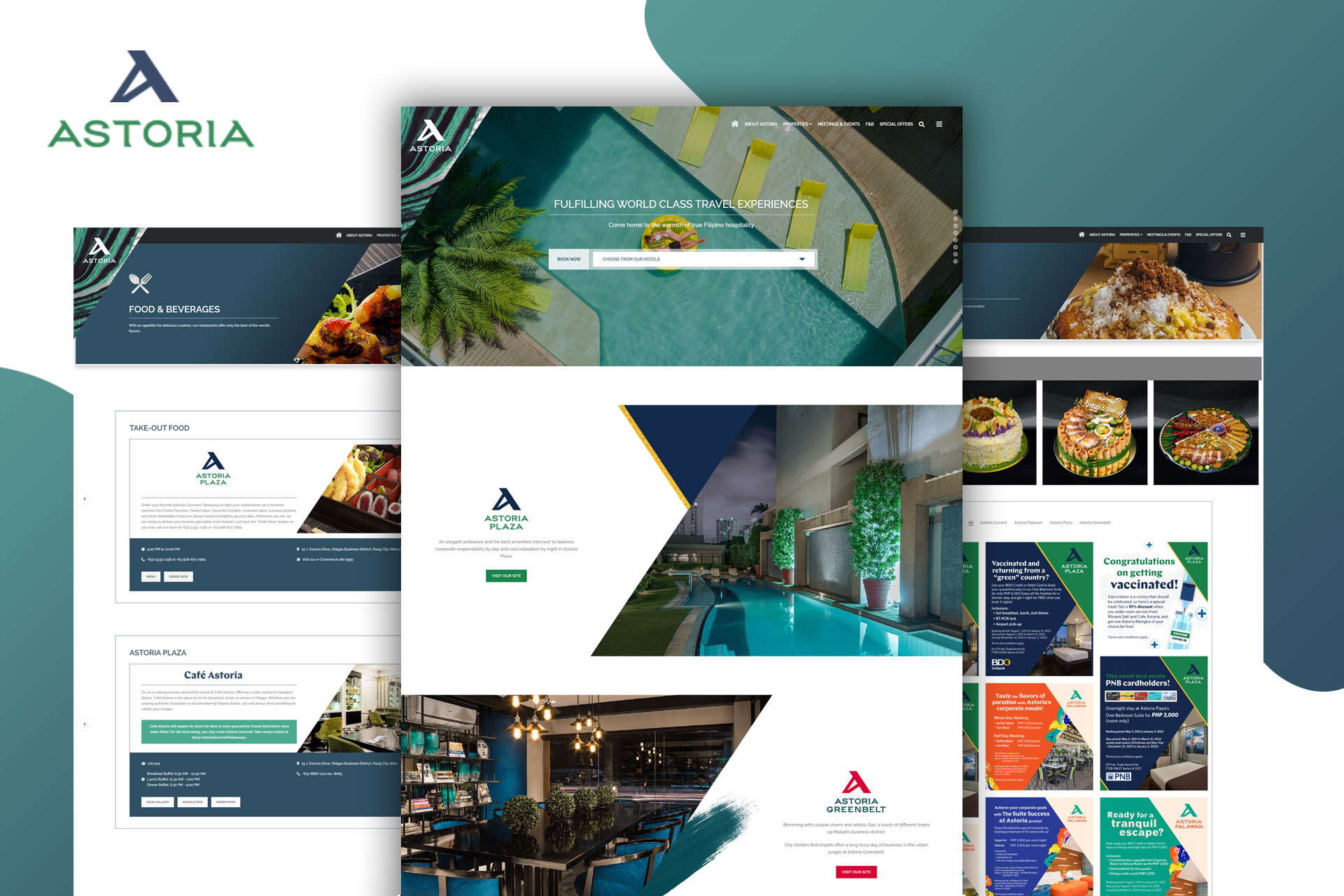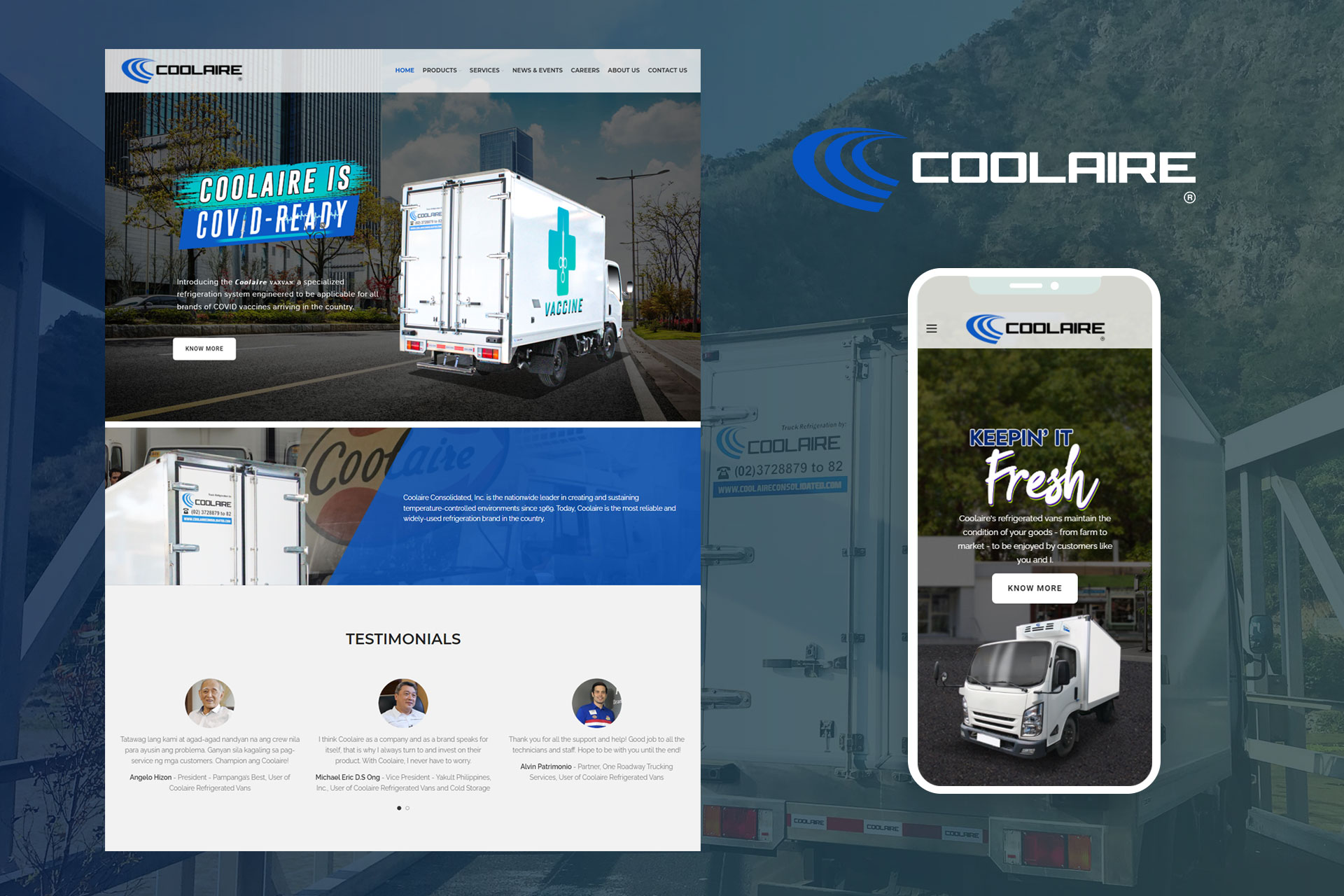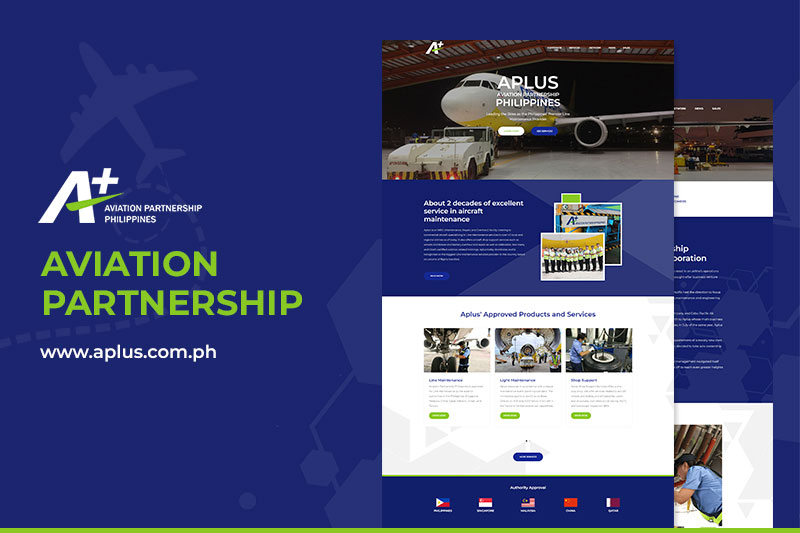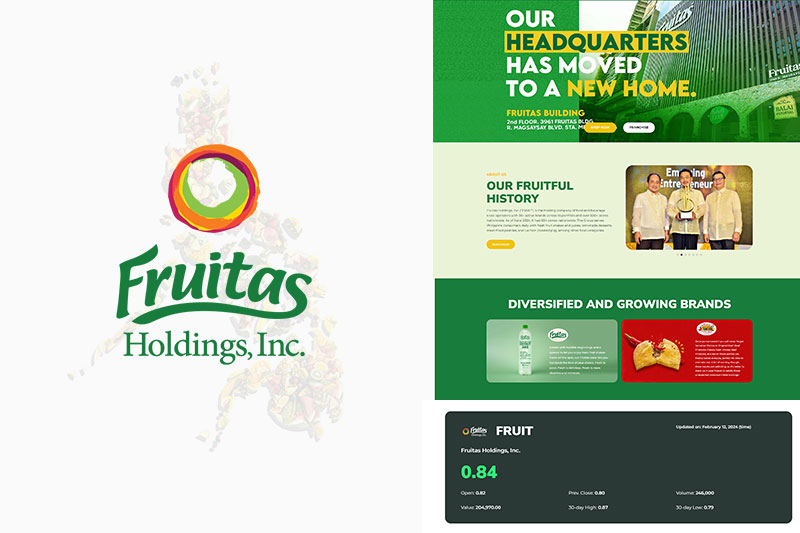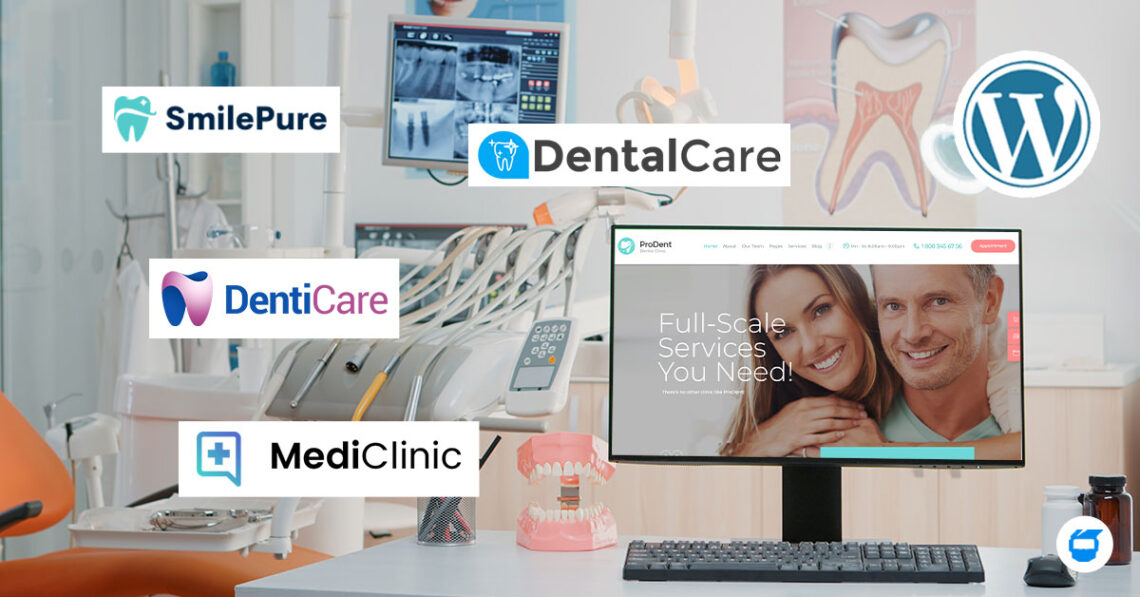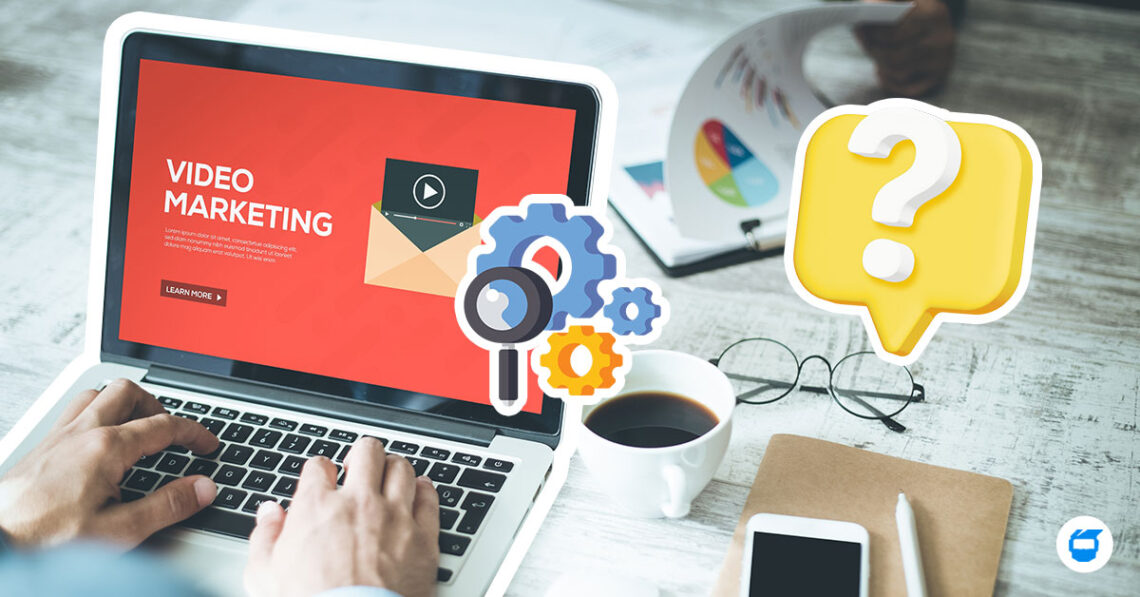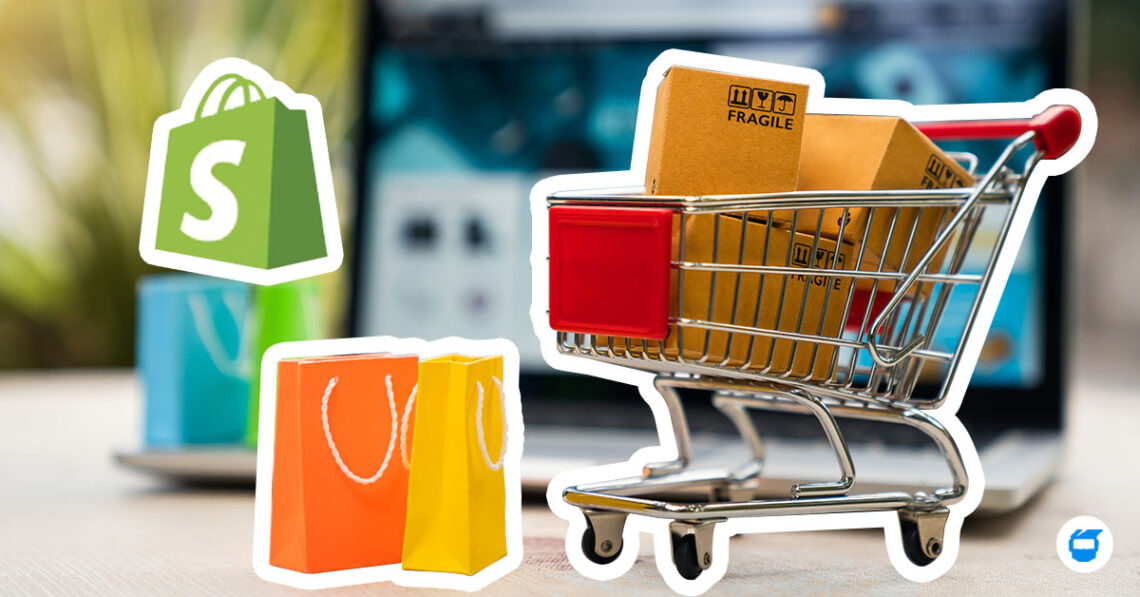Marketing is a vital part of every business. For a business to grow, expand sales, improve brand awareness, and more, it needs to have effective marketing alongside it. This is not just a one-time action, but it consists of a series of ongoing processes that helps enhance your business to achieve its goals. It is also through marketing that businesses can establish the trust of their customers and build their brand identity.

Since marketing is an ongoing process, it is also evolving as time goes by. Back then, when the use of the internet wasn’t that rampant and mostly everything can be done offline, traditional marketing was the go-to form of promotion to reach your customers. But today, with the immense use of the internet and with a lot of things such as transactions, communications, and more going digital, many businesses are also shifting to digital marketing to go with the changing times.
Traditional marketing and digital marketing are two different forms of promotion because they use different tools to widen customer reach and build a brand for your business. There is no telling which one is better because they have both shown their effectiveness, each on their own time.
To look further into digital marketing and traditional marketing, here are their pros and cons:
Digital Marketing
Digital marketing is a form of marketing that uses technology, digital media, and online platforms to market your business, engage customers, and achieve business goals, leading many businesses, small and large alike, to see its effectiveness and practicality in this day and age.
The overview of the Small Business Marketing Statistics and Trends by Fundera shows that 92% of business owners believe that having a website is the most effective digital marketing strategy and 64% of small businesses have a website to reach their customers online. While there is only 1 in 5 small businesses that don’t make use of digital marketing, which means that there is still 20% of small businesses who don’t have a website and are not utilizing the benefits of SEO, social media marketing, or even email marketing.
Pros
- Digital marketing provides a variety of online platforms for customer engagement, which is not possible for traditional marketing. Just by posting or sharing content on different social media platforms, you can call for the attention of potential customers. And just by commenting or replying to a customer’s feedback, you can start a conversation with them.
- Digital marketing allows you to reach a large scale of audience. Through the internet and various online platforms used in digital marketing, you can reach potential customers wherever they are, both locally and internationally.
- Unlike traditional marketing, digital marketing has a more cost-effective approach. You don’t have to break the bank just to advertise and reach the right audience. An example of this is social media marketing. Creating a post on social media will not cost you because it is free. You only have to pay when you decide to go for paid advertising such as Facebook Ads. But it is still not that costly because you will be the one to set the budget, when and where your ads will show up.
- You can track audience engagement as well as measure ROI using analytic tools. The data gathered from the analytics shows how many people visited your website, how many people saw your social media post, shared your content, took action, and made a purchase, etc. Through this, you can know whether your ad campaigns were successful or not.
- You can personalize your content so that it catches the attention of the right audience.
- Response from target customers won’t take too long. With the use of social media and posting content that will catch the attention of your audience, you can get responses.
Cons
- Technology constantly evolves and trends come and go, which is why digital marketing strategies may need to be reviewed from time to time to check their effectiveness. This is for the reason that they may be relevant today, but may not be as effective the next time.
- Some digital marketing ads such as pop-ups and banner ads can be distracting. Although this can be avoided since customers can skip them or have them removed by paying for premium services.
- Negative feedback posted online by dissatisfied customers and even those who are trolling your business is inevitable.
- You will need to keep up with the constant changes made in the algorithms of different search engines.
Traditional Marketing
Traditional marketing is a marketing approach done offline or without the use of the internet. It helps businesses promote their brand through print and broadcast media, direct mailing, and telemarketing. A survey of The Manifest, a business news and how-to website, found that about two-thirds of 63% of small businesses still use print marketing today, which is a traditional marketing strategy. These small business owners simply see that business cards, flyers, and banners are still effective and use it as a way to reach their local audience in a proactive manner.
Pros
- Since traditional marketing thrives in the continued way of promotion such as commercials repeatedly shown on tv, it causes the target customers to easily remember your brand.
- Printed media such as magazines, flyers, brochures, and others can be kept by your customers as a brand reference they can go through repeatedly when they want to know more about your product.
- You can reach potential customers in a particular area or city through the local newspaper and radio commercials.
Cons
- You don’t have direct contact or engagement with your customers, giving fewer opportunities to build relationships and establish brand loyalty.
- The success of your ad campaigns can be difficult to measure because you don’t exactly have the right numbers as a basis of measurement, making it difficult to know whether you will be expecting a good ROI or not.
- Traditional marketing can appear more costly because it advertises through the use of tv commercials, newspapers, magazines, radio, and other printed ads such as flyers and brochures. You would have to spend a lot on these forms of advertising just to reach your target audience.
If you’re looking for someone to help you with the digital marketing of your business, contact us today, and we’ll be glad to help you!


 Shopify Website Design
Shopify Website Design  Small Business Marketing
Small Business Marketing 